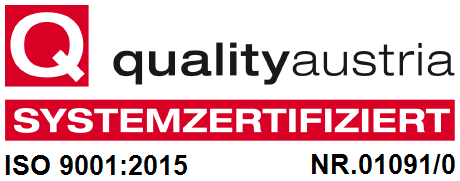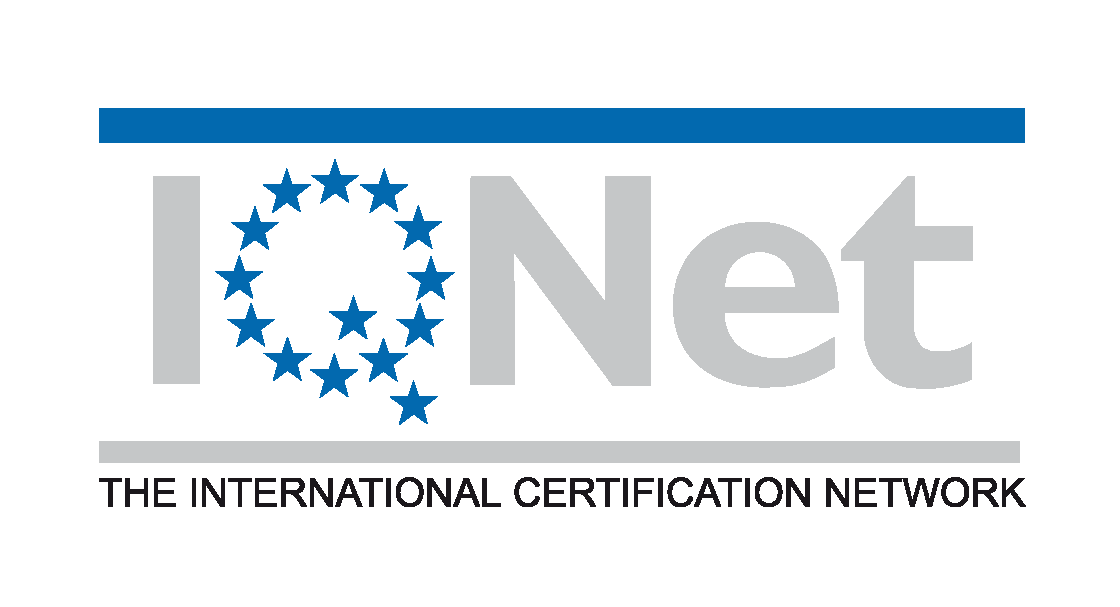Eizellvorsorge
Dem Elternglück heute den Weg bereiten
Eine Eizellvorsorge eröffnet einer Frau die medizinisch-technische Möglichkeit, auf Wunsch eigene Eizellen sicher einfrieren zu lassen und "einzulagern". Diese Maßnahme kann also in verschiedenen Situationen zum Erhalt der Fruchtbarkeit beitragen. Das bedeutet, dass die Frau zu einem späteren Zeitpunkt mit den konservierten Eizellen schwanger werden kann.
1. "Wann ist eine Eizellvorsorge eine Option für mich?"
2. Behandlungsablauf
3. Chancen auf eine spätere Schwangerschaft
4. Sicherheit an erster Stelle
1. "Wann ist eine Eizellvorsorge eine Option für mich?"
Je nach Gesetzeslage kann eine Eizell-Konservierung in Frage kommen, z.B. für/bei:
- Frauen, die hohen Umweltbelastungen ausgesetzt sind, welche zur Schädigung der Eizellen führen können. Hervorgerufen durch: häufige Fernstreckenflüge, Arbeit mit chemischen Substanzen, Teer- u. Lackstoffe, Röntgen-Strahlen, Arbeit in Raucherlokalen etc.
- Operationen am Eierstock, bei denen Teile des Eierstocks entfernt werden müssen (Ovarial-Zysten, Endometriosen etc.)
- familiären Prädispositionen: vorzeitige Menopause (premature ovarian failure = POF) in der Familienanamnese
- Krebserkrankungen, bei denen die Eizellen durch Chemotherapie, Strahlentherapie absterben
2. Behandlungsablauf
Stimulationsphase
Eine gezielte Hormonbehandlung stimuliert die Eierstöcke, um mehrere Follikel heranwachsen zu lassen. Dieses Wachstum wird per Ultraschall kontrolliert und damit der möglichst optimale Zeitpunkt für die Eizellentnahme bestimmt. (siehe "Stimulation"). WICHTIG: Eine sichere Verhütung einer aktuell nicht geplanten Schwangerschaft ist ab dem Beginn der Stimulationsphase bis zur nächsten Regelblutung absolut nötig.Eizellentnahme
Die Entnahme der Eizellen erfolgt unter Ultraschallsicht mittels einer Follikelpunktion durch die Scheide. Dies ist ein kurzer Eingriff, welcher in den meisten Fällen in einem leichten Schlafzustand (Sedoanalgesie) durchgeführt wird.(mehr Infos)
Tiefgefrieren der Eizellen
Die gewonnenen Eizellen werden mittels aseptischer Vitrifikation innerhalb eines geschlossenen Systems tiefgefroren und bei -196 Grad Celsius in einem Stickstofftank sicher aufbewahrt. (mehr Infos)Auftauen und Befruchtung
Führt der Weg zum Baby, aufgrund der gegebenen medizinschen Situation des Paares, über eine Kinderwunschbehandlung, so werden die eingefrorenen Eizellen im IVF-Labor aufgetaut und mit dem Samen des Partners befruchtet (siehe "Künstliche Befruchtung").3. Chancen auf eine spätere Schwangerschaft
Als bestmöglicher Zeitpunkt für die Eizellvorsorge wird das Alter zwischen 20 und 30 Jahren empfohlen, weil dann die Fruchtbarkeit am höchsten ist. Die Ergebnisse einer Studie (präsentiert auf dem ESHRE-Kongress 2014) haben diesbezüglich gezeigt, dass es im Durchschnitt mit einer Anzahl von 17-20 kryokonservierter Eizellen zur Geburt eines Kindes nach einer IVF-Behandlung kommt.
Mit der Technik der aseptischen Vitrifikation können wir unbefruchtete Eizellen ohne Beeinträchtigung der Entwicklungsfähigkeit innerhalb eines geschlossenen Systems tiefgefrieren und konservieren. Die Chancen auf eine spätere Schwangerschaft sind sehr gut, wenn die Behandlungsweise und die dazugehörigen Technologien hohen medizinischen Standards entsprechen und durch ein erfahrenes Team erfolgt.
4. Sicherheit an erster Stelle
Bei jeder Behandlung in unseren IVF-Zentren stehen neben der Beachtung der gesetzlichen Vorgaben und Wahrung ethischer, sowie medizinischer Grundsätze immer das Patientenwohl und die Gesundheit aller Beteiligten im Mittelpunkt. Deshalb beginnt die Eizellvorsorge immer mit einem persönlichen Arztgespräch. Dieses beinhaltet u.a. eine fundierte Aufklärung zur aktuellen Gesetzeslage, den Erfolgschancen, den Kosten sowie zum Ablauf und möglichen Risiken der in Anspruch genommenen Therapie.
Nachdem die Behandlung abgeschlossen ist, und die Eizellen erfolgreich entnommen und tiefgefroren wurden, erfolgt die Aufbewahrung (zeitlich befristet, weil gesetzlich reguliert) der Eizellen unter strengsten Sicherheitsmaßnahmen in unseren IVF-Zentren.
Hinweis
In Österreich setzt das vorsorgliche Einfrieren von Eizellen eine medizinische Indikation voraus. Das Einfrieren von Eizellen ohne eine solche medizinische Indikation ist in Österreich verboten und wird daher an unseren österreichischen Standorten nicht durchgeführt.
Für weitere Informationen bieten wir Ihnen gerne ein persönliches Beratungsgespräch an.






